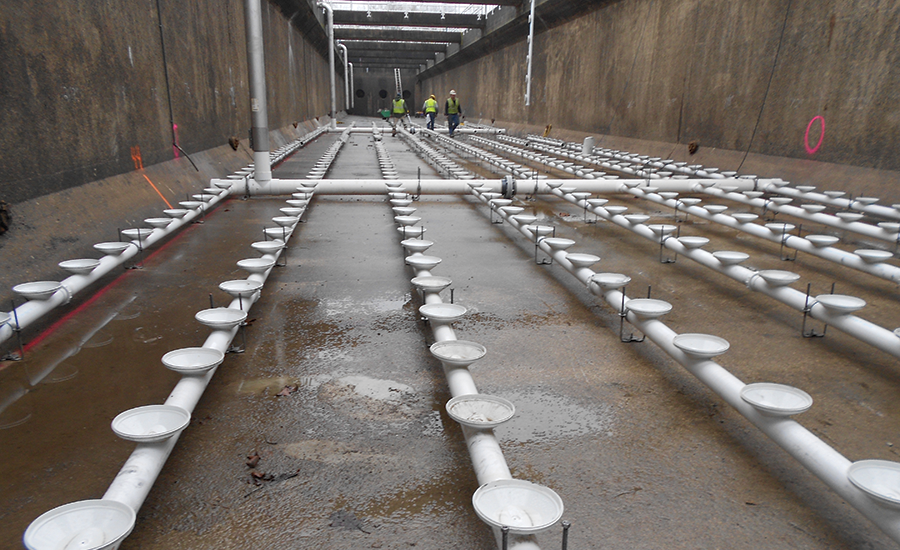Climate change, aging facilities and population shifts have long been catalysts for needed investment in environmental infrastructure. But it took Flint, Mich.’s water-supply issues, which rose to a crisis level last year with news of the city’s extensive lead-tainted supply, to catapult sector needs higher on legislative agendas and into the public consciousness.
Key sector owner groups, including the National Association of Clean Water Agencies (NACWA) and the American Water Works Association (AWWA), are optimistic that the attention will spur faster congressional action on final passage of Water Resources Development Act legislation by year-end that will authorize billions of dollars for flood protection, harbor dredging, environmental restoration and infrastructure projects, including millions of dollars to aid drinking-water line upgrades in Flint and other municipalities with similar issues. While different, House and Senate versions of the bill passed with overwhelming support, with hope the kinks can be worked out in the lame-duck session of Congress, even with potential major post-election shifts in its makeup. According to NACWA, House Speaker Paul Ryan (R-Wis.) has publicly stated that WRDA passage is a priority.
|
View ENR's 2016 Top Owners Sourcebook |
Commitments by the U.S. Environmental Protection Agency to beef up next year the requirements in federal rules on lead and copper contamination in drinking water also will spur new investment. A Natural Resources Defense Council (NRDC) report released in June found that at least 5,000 water systems across the U.S. violated the lead-and-copper rule in some way in 2015.
Meeting current and future mandates will continue to drive water and wastewater treatment-plant investment. Under state mandate and set to finish next year is a $76-million program to expand treatment of wet weather flows up to 200 million gallons per day (gpd) and other upgrades at the Hartford, Conn., wastewater treatment plant. Arcadis North America is project designer, with C. H. Nickerson and Jacobs Engineering providing construction and CM oversight, respectively. Arcadis also began work this year as design engineer on a $42-million project to boost secondary treatment capacity at the Akron, Ohio, Water Reclamation Facility under an EPA consent decree, with work continuing through 2019.
Meanwhile, the U.S. Government Accountability Office released a report in late October that outlines difficulties that cities with declining populations will face in managing their water and wastewater infrastructure. GAO says water and sewer utilities will need to spend $655 billion over the next 20 years to maintain, upgrade, or replace water infrastructure. It looked at how economic characteristics are affecting infrastructure strategies in 10 cities. "While the data outlined by GAO in the report will not surprise anyone familiar with the water infrastructure challenges facing public clean water agencies, it does reinforce the need for additional financial assistance to communities struggling with affordability challenges," says NACWA.
Much attention also will be on California as it considers expansion of desalination beyond the newly operational 50-million-gpd plant in Carlsbad. Developer Poseidon is behind another 50-million-gpd project in Huntington Beach, now in the permitting process, that would be the first facility in the state to be 100% carbon-neutral. The developer hopes for approvals in 2017. An even larger plant is the focus of what a public-private partnership seeks to build in Baja California, Mexico. Suez Environmental of France would manage design and construction of the 100-million-gpd-capacity plant. Another facility is proposed at the US Marine Corps Base at Camp Pendleton.
But, if enacted, a Nov. 8 state ballot initiative could affect future state environmental programs by requiring statewide voter approval if a project seeks bonding that exceeds $2 billion. The proposal also bans dividing projects into multiple smaller ones to avoid the trigger.






Post a comment to this article
Report Abusive Comment